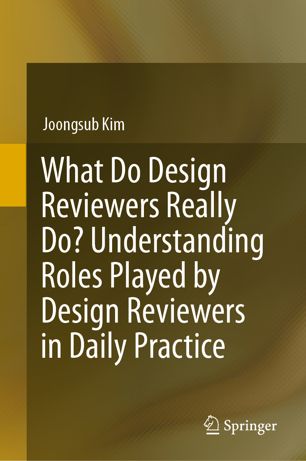

Most ebook files are in PDF format, so you can easily read them using various software such as Foxit Reader or directly on the Google Chrome browser.
Some ebook files are released by publishers in other formats such as .awz, .mobi, .epub, .fb2, etc. You may need to install specific software to read these formats on mobile/PC, such as Calibre.
Please read the tutorial at this link: https://ebookbell.com/faq
We offer FREE conversion to the popular formats you request; however, this may take some time. Therefore, right after payment, please email us, and we will try to provide the service as quickly as possible.
For some exceptional file formats or broken links (if any), please refrain from opening any disputes. Instead, email us first, and we will try to assist within a maximum of 6 hours.
EbookBell Team

5.0
108 reviewsThis book provides an original contribution to the planning and design literature. Not only does it provide a fresh and finely grained examination of the daily challenges and opportunities of design review practice, but it does so in an ethnographically compelling way—through extensive references that convey and show what a distanced researcher could never adequately summarize and paraphrase. Architects, urban designers, and developers will learn about how they might work with design reviewers on the basis of the four significant roles that a design review staff plays frequently in the design review process. Faculty and students in architecture, urban design, and urban planning will learn about design governance, design regulations, design culture, participants, processes, and micropolitics in design and design reviews. There are possibly tens of thousands of design review boards in the United States that review proposals for building designs and site designs submitted by practitioners in architecture, landscape architecture, urban design, urban planning, and urban development. Given this considerable professional context, the target audience of this book includes design reviewers, practitioners, scholars, educators, and students in the fields of architecture, urban design, landscape architecture, urban planning, and urban development.